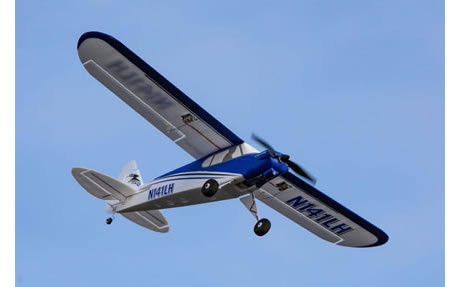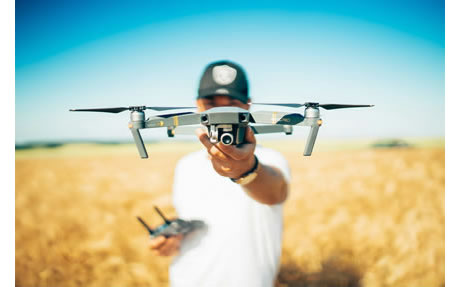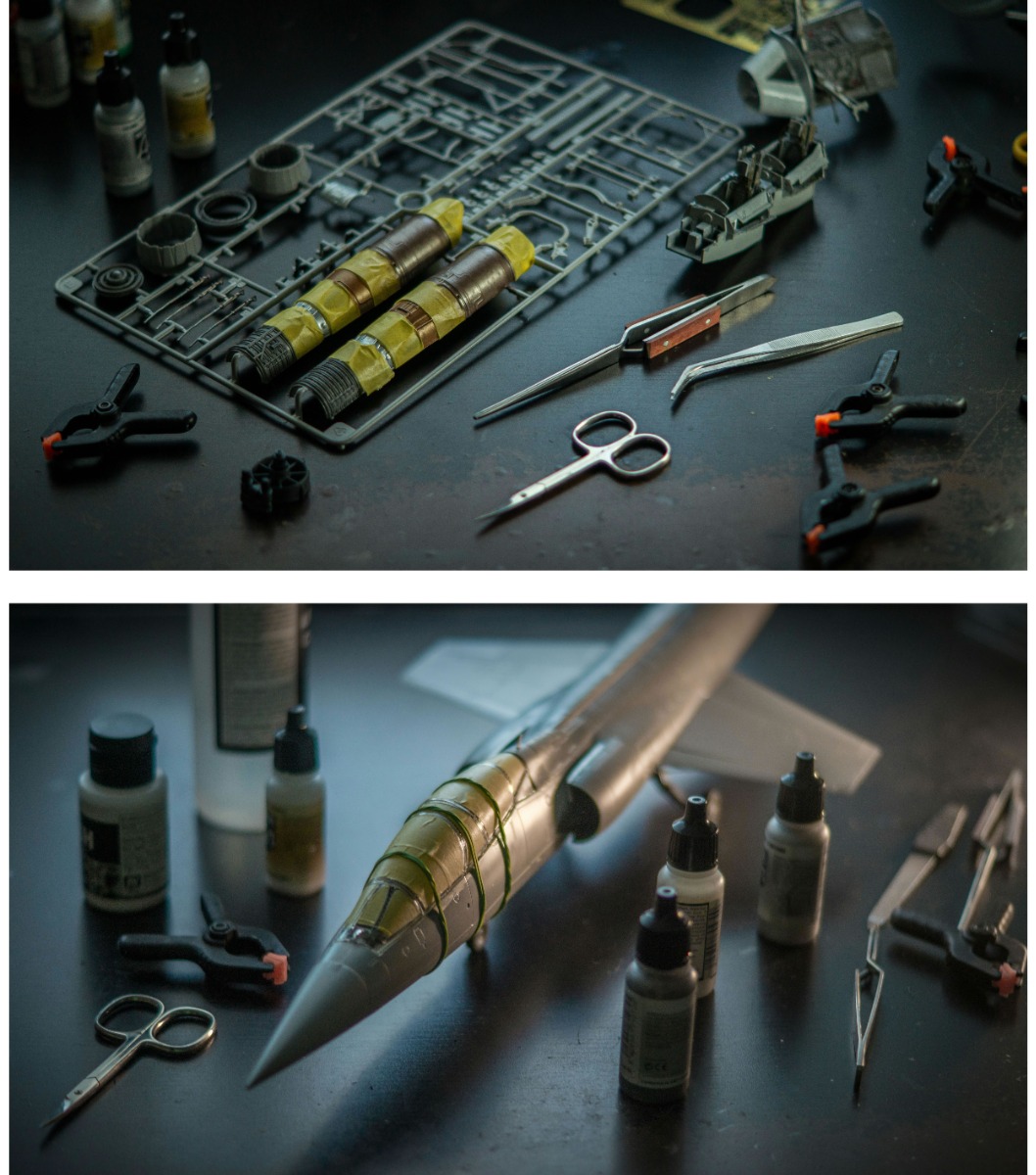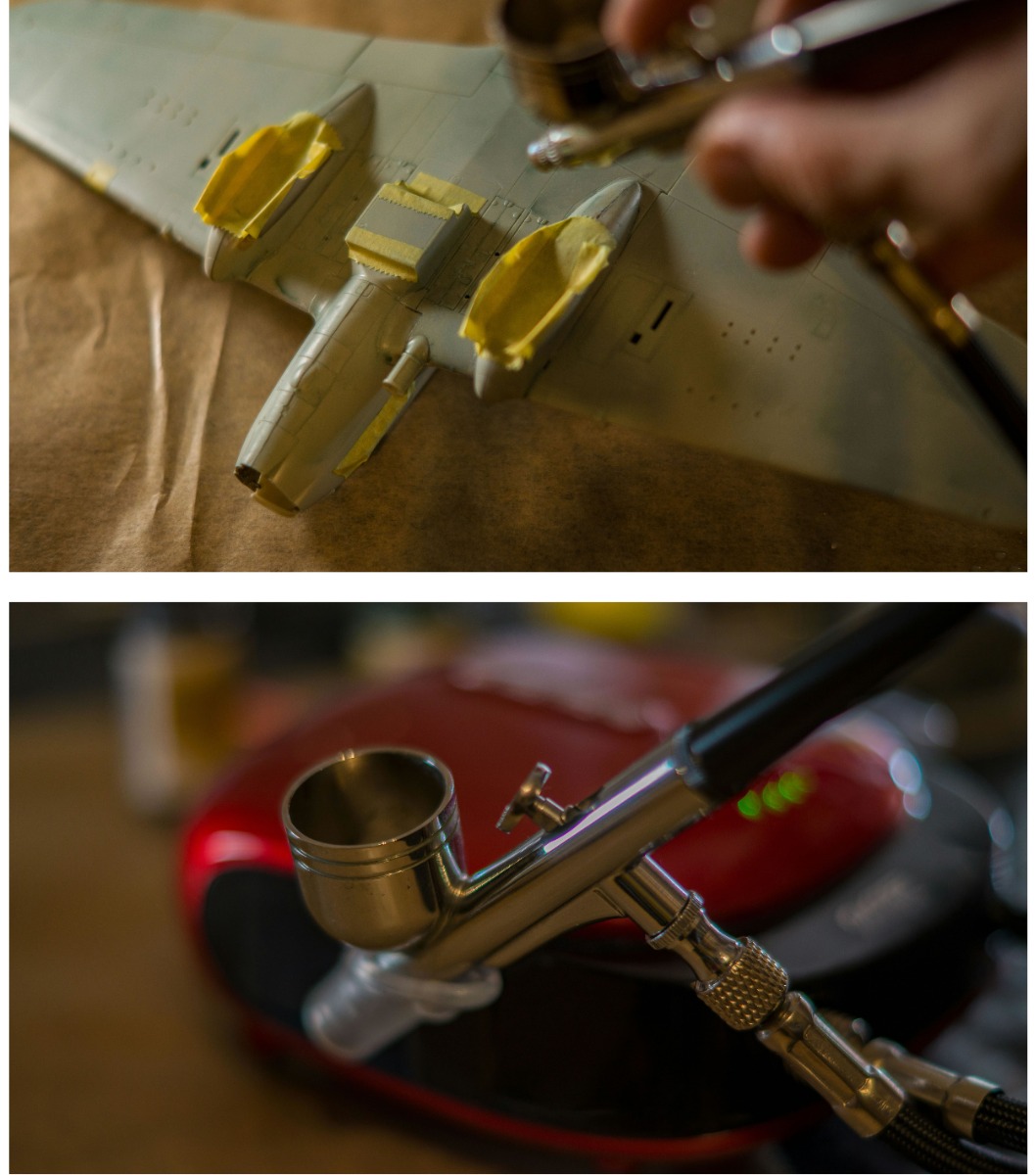Kovozavody Prostejov 1/72 Avia BH-10 'OK-AZJ' # 72001
The Avia BH-10 was a single-seat, sport aircraft designed and built in Czechoslovakia during the early 1920s by the Avia company.
It was part of a series of light monoplanes created by designers Pavel Beneš and Miroslav Hajn (hence the “BH” designation).
The BH-10 was developed as an improved version of the earlier Avia BH-9, with enhancements aimed at increasing performance and agility, particularly for use in air racing and aerobatics.
Design and Features
The BH-10 was a low-wing monoplane, a design that was innovative for its time, as many aircraft of the early 1920s still relied on biplane configurations.
This design reduced drag and improved overall aerodynamics, making the aircraft faster and more maneuverable.
The BH-10 had a cantilever wing, meaning it had no external bracing wires or struts, which was another forward-thinking feature for aircraft design at the time.
The aircraft was powered by an air-cooled Walter NZ-60 radial engine, producing around 60 horsepower, which gave it a top speed of approximately 150 km/h (93 mph).
While modest by later standards, this performance was sufficient for light sport and training roles.
The aircraft had an open cockpit, providing the pilot with excellent visibility, which was crucial for both racing and aerobatic flying.
The structure of the BH-10 was made of wood with fabric covering, making it lightweight and relatively easy to maintain.
The fixed landing gear was simple and rugged, suitable for the rough airfields commonly used in the 1920s.
Role and Usage
The Avia BH-10 was used primarily as a sport and training aircraft.
It gained popularity due to its excellent handling and performance, which made it ideal for aerobatic flying and air races—events that were becoming increasingly popular in Europe during this era.
The aircraft was also used by the Czechoslovakian Air Force in limited numbers for pilot training and flight proficiency.
Although it was not intended as a military aircraft, the BH-10’s agility and responsive controls made it a useful trainer for pilots transitioning to more advanced aircraft.
Its simple design and reliable performance also made it popular with civilian flying clubs and individual pilots who enjoyed competitive flying.
Specifications:
Engine: Walter NZ-60, 60 horsepower
Top Speed: 150 km/h (93 mph)
Range: Approximately 500 km (310 miles)
Wingspan: 8 meters (26 feet)
Empty Weight: 290 kg (639 lbs)
Legacy
The Avia BH-10 contributed to Avia’s reputation as an innovative aircraft manufacturer during the 1920s.
Its advanced monoplane design and use of a cantilever wing were seen as cutting-edge at the time, influencing future aircraft developments.
Though it was primarily a sport and trainer aircraft, the BH-10 helped establish the importance of light, maneuverable monoplanes in aviation.
Its success in air racing and aerobatics cemented its place in early aviation history as a pioneering aircraft in its class.























 Spread the cost with Paypal Credit
Spread the cost with Paypal Credit
 Spread the cost with Klarna
Spread the cost with Klarna




























